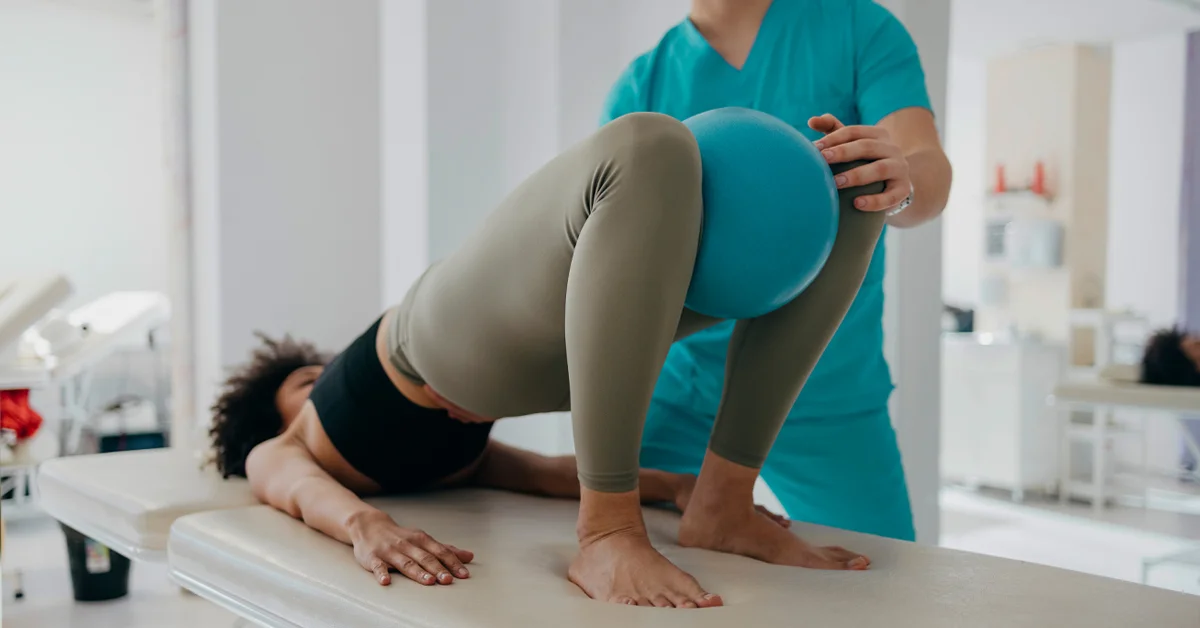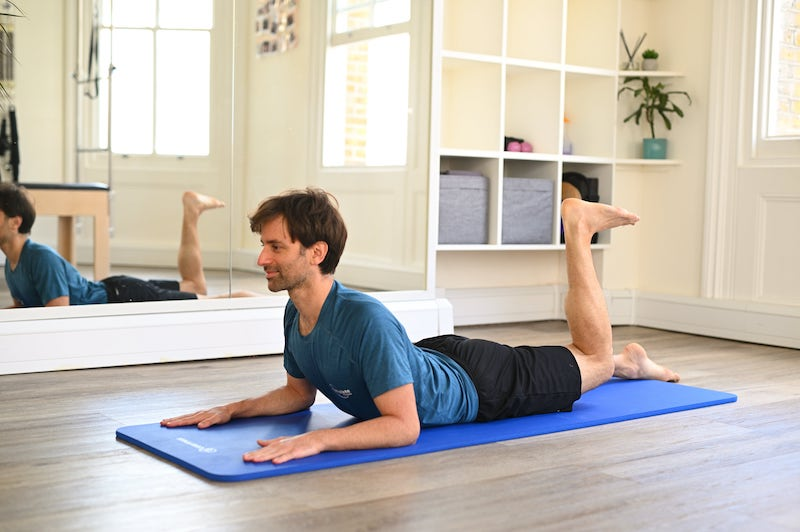Pelvic Floor Exercises for Overactive Bladder
Overactive bladder (OAB) is a common condition that affects millions of people worldwide. It is characterized by an urgent and frequent need to urinate, often accompanied by involuntary urine leakage. While there are several treatment options available for OAB, pelvic floor exercises are an effective and non-invasive approach that can significantly improve symptoms. In this article, we will explore the benefits of pelvic floor exercises for overactive bladder and provide a step-by-step guide on how to perform them.
Understanding Overactive Bladder
Before we dive into pelvic floor exercises, let's first understand what overactive bladder is. OAB is a type of urinary incontinence that occurs when the bladder muscle contracts involuntarily, causing a sudden urge to urinate. People with OAB may also experience leakage or loss of urine due to the inability to reach the toilet in time.
OAB can be caused by various factors, including bladder or urinary tract infections, neurological disorders, medications, or other medical conditions. It is more common in women, especially those who have gone through menopause, but it can also affect men.
Pelvic Floor Exercises and OAB
Pelvic floor exercises is also identified as Kegel exercises and it involved contracting and relaxing of the pelvic floor muscle that support the bladder, urethra, and other pelvic organs. These exercises can help improve bladder control and reduce the symptoms of OAB.
Research has shown that pelvic floor exercises can significantly improve OAB symptoms, including reducing the frequency of urination, improving urinary urgency, and reducing the amount of urine leakage. Additionally, pelvic floor exercises can help improve sexual function and reduce the risk of pelvic organ prolapse.
Performing Pelvic Floor Exercises for OAB
Pelvic floor exercises are easy to perform and can be done anywhere, anytime. Here's a step-by-step guide on how to do pelvic floor exercises:
Identify the pelvic floor muscles: The first step is to locate the pelvic floor muscles. You can do this by stopping the flow of urine midstream. The muscles you use to stop the urine are your pelvic floor muscle.
Sit comfortably: Find a comfortable position to perform the exercises, such as sitting or lying down.
Contract the muscles: Tighten the pelvic floor muscles, as if you are trying to stop the flow of urine. Hold its contraction for 3-5 seconds, then, relax for the same amount of time.
Repeat the exercise: Repeat the contraction and relaxation exercises 10-15 times within a row.
Do it daily: Aim to do these exercises at least three times a day. You can gradually increase the number of repetitions as your pelvic floor muscle get stronger.
Tips for Pelvic Floor Exercises
Here are some tips to keep in mind when performing pelvic floor exercises for OAB:
- Don't hold your breath
- Don't contract your abdominal or buttock muscles
- Gradually increase intensity
- Be consistent
- Seek guidance
Conclusion
Overactive bladder can be a challenging condition to manage, but pelvic floor exercises can be an effective and non-invasive approach to improving symptoms. By strengthening the pelvic floor muscles, you can improve bladder control and reduce the frequency of urinary urgency and leakage. Remember to be consistent and patient with the exercises, and seek guidance from a healthcare professional if you have any concerns.
Other recommended posts







Comments
Post a Comment